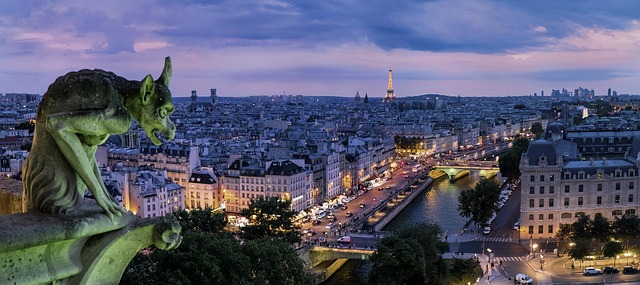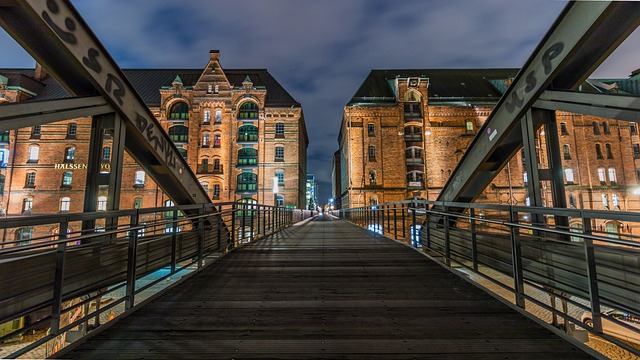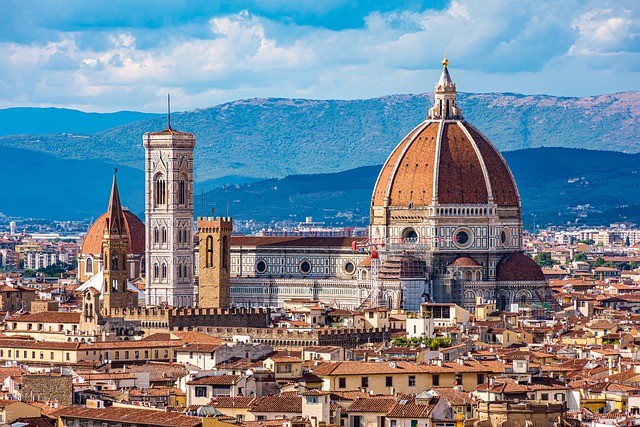The Falaknaz Dynasty (18th century) transformed Karachi into a bustling metropolis through urban planning and cultural initiatives, especially in Kalachi-jo-Gor. Their legacy is preserved in iconic mosques like Masjid-e-Falaknaz and Jamia Masjid, showcasing architectural brilliance and artistic sensibilities. These structures serve as community hubs, bridging cultural gaps, promoting education, and fostering social cohesion. Through dedicated restoration, these ancient places of worship continue to vibrate with history, attracting visitors from all backgrounds and enriching Karachi's dynamic tapestry as a bustling metropolis.
Karachi, a vibrant city steeped in history, boasts a rich cultural landscape marked by the architectural grandeur of mosques from the Falaknaz Dynasty. This era, characterized by artistic flair and religious devotion, left an indelible mark on the urban fabric of the metropolis. From iconic structures that stand tall to this day, to their role as community hubs and places of profound spiritual significance, these mosques offer a glimpse into Karachi’s illustrious past. Explore this historical tapestry, uncover their preservation efforts, and discover surrounding cultural landmarks that echo the dynasty’s legacy.
- Historical Context: The Falaknaz Dynasty in Karachi
- Iconic Mosques of the Era: Architectural Marvels
- Exploring the Religious Significance and Community Role
- Preservation and Modern Day Visits: A Living Legacy
- Surrounding Cultural Landmarks and Their Connection to the Dynasty
Historical Context: The Falaknaz Dynasty in Karachi
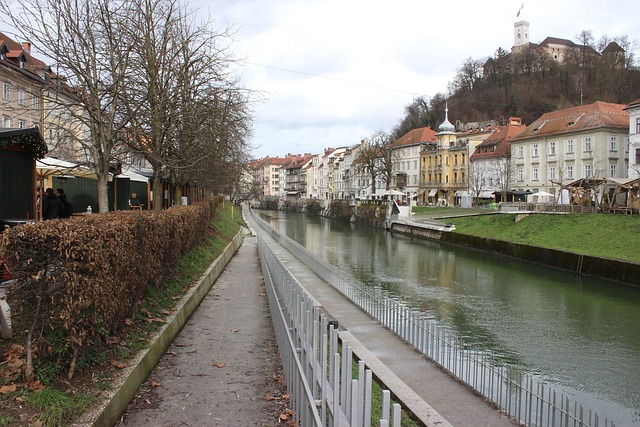
The Falaknaz Dynasty, a pivotal era in Karachi’s rich history, left an indelible mark on the city’s cultural and architectural landscape. This dynasty, which flourished during the 18th century, was a time of immense political and social transformation in the region. Karachi, then known as Kalachi-jo-Gor, emerged as a bustling metropolis under their rule, with significant developments in trade, commerce, and urban planning.
The historical context reveals a dynamic city where mosques played a central role. These places of worship not only served as spiritual hubs but also as community centers and landmarks. Many mosques from this era still stand tall, reflecting the architectural brilliance and artistic sensibilities of the Falaknaz Dynasty. Karachi’s rich history is thus woven into the very fabric of its mosques, offering a glimpse into the vibrant tapestry of the past.
Iconic Mosques of the Era: Architectural Marvels
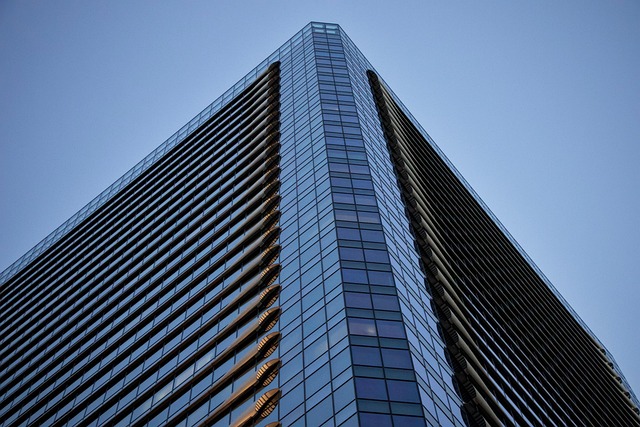
The Falaknaz Dynasty, a period of immense cultural and architectural flourish in Karachi, is renowned for its stunning mosques that stand as testaments to the era’s grandeur. These iconic structures are not just places of worship but architectural marvels that reflect the rich heritage of the region. Mosques like the Masjid-e-Falaknaz and the Jamia Masjid Karachi are exemplary of the Dynasty’s commitment to creating breathtaking spaces for spiritual gathering, featuring intricate designs, grand domes, and lush gardens that have become integral parts of Karachi’s urban landscape.
Each mosque boasts a unique blend of traditional and innovative architectural styles, incorporating elements from Persian, Indian, and Islamic design schools. The use of marble, stone carvings, and elaborate calligraphic scripts adorning the walls and arches adds to their ethereal allure. These structures not only serve as historical landmarks but continue to inspire awe in locals and visitors alike, preserving the Falaknaz Dynasty’s legacy through its physical expression in the city’s most sacred sites.
Exploring the Religious Significance and Community Role

In Karachi, as in many cities around the world, mosques serve not only as places of worship but also as vibrant centers of community for Muslims. The mosques near the Falaknaz Dynasty are no exception. These religious structures play a pivotal role in fostering social cohesion, providing spaces for prayer, education, and charity, reflecting the core values of Islam. They act as gathering points where people from all walks of life come together to strengthen their faith and build strong, united communities.
The significance of these mosques extends beyond the daily rituals. They host community events, serve as educational hubs offering Islamic studies, and provide aid during times of need. In Karachi’s diverse landscape, these mosques bridge cultural gaps, promote understanding, and reinforce the city’s rich tapestry of religious traditions. Their role in everyday life is profound, making them essential to the social fabric of both the Falaknaz Dynasty neighborhood and the broader Karachi community.
Preservation and Modern Day Visits: A Living Legacy
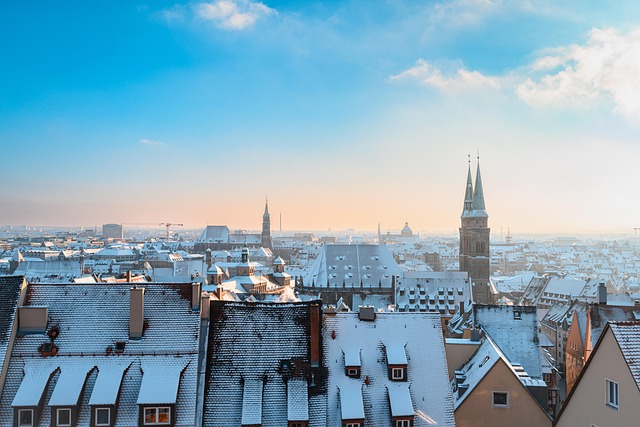
The mosques built during the Falaknaz Dynasty in Karachi are not just architectural marvels but living testaments to a rich historical era. These structures have stood the test of time, serving as focal points for spiritual gatherings and cultural events. Today, they attract visitors from all walks of life, eager to witness the preservation of this unique heritage. The meticulous restoration efforts undertaken by local authorities and historical societies ensure that these mosques remain vibrant, allowing folks to experience the splendor and tranquility they offered centuries ago.
In the bustling metropolis of Karachi, these ancient places of worship offer a tranquil escape from the modern hustle and bustle. Visitors can admire the intricate carvings, lush gardens, and gossamer arches that define these structures. The preservation of such landmarks not only emphasizes the region’s historical depth but also fosters a sense of connection to the past. For locals and tourists alike, exploring these mosques is a journey through time, revealing stories of the Falaknaz Dynasty and leaving an indelible mark on those who appreciate Karachi’s vibrant tapestry.
Surrounding Cultural Landmarks and Their Connection to the Dynasty

In the vibrant city of Karachi, the cultural landscape is dotted with historical landmarks that tell tales of past dynasties, including the Falaknaz Dynasty. Surrounding these ancient sites are mosques, which not only serve as places of worship but also stand as testaments to the architectural prowess and artistic heritage of the era. The close proximity of these mosques to Falaknaz-era structures underscores the deep cultural connection between religion and historical narrative in Karachi.
Mosques in and around Karachi, such as the historic Jamia Masjid, offer a glimpse into the spiritual heart of the city during the dynasty’s reign. Their intricate designs, featuring elements inspired by Persian and Islamic art, reflect the cultural fusion that characterized the period. These religious sites aren’t just landmarks; they are living museums where folks gather to pray, learn, and foster a sense of community—a tradition that has endured since the Falaknaz Dynasty’s time.
The Falaknaz Dynasty left an indelible mark on Karachi’s religious and cultural landscape, as evidenced by the iconic mosques that stand tall today. These architectural marvels serve as a living testament to the dynasty’s rich history and enduring legacy. Exploring these sacred spaces not only offers a glimpse into the past but also highlights the continued significance of mosques in fostering community and spiritual connection within the vibrant city of Karachi. Preserving these historical landmarks ensures that future generations can appreciate and learn from the Falaknaz Dynasty’s cultural contributions.
